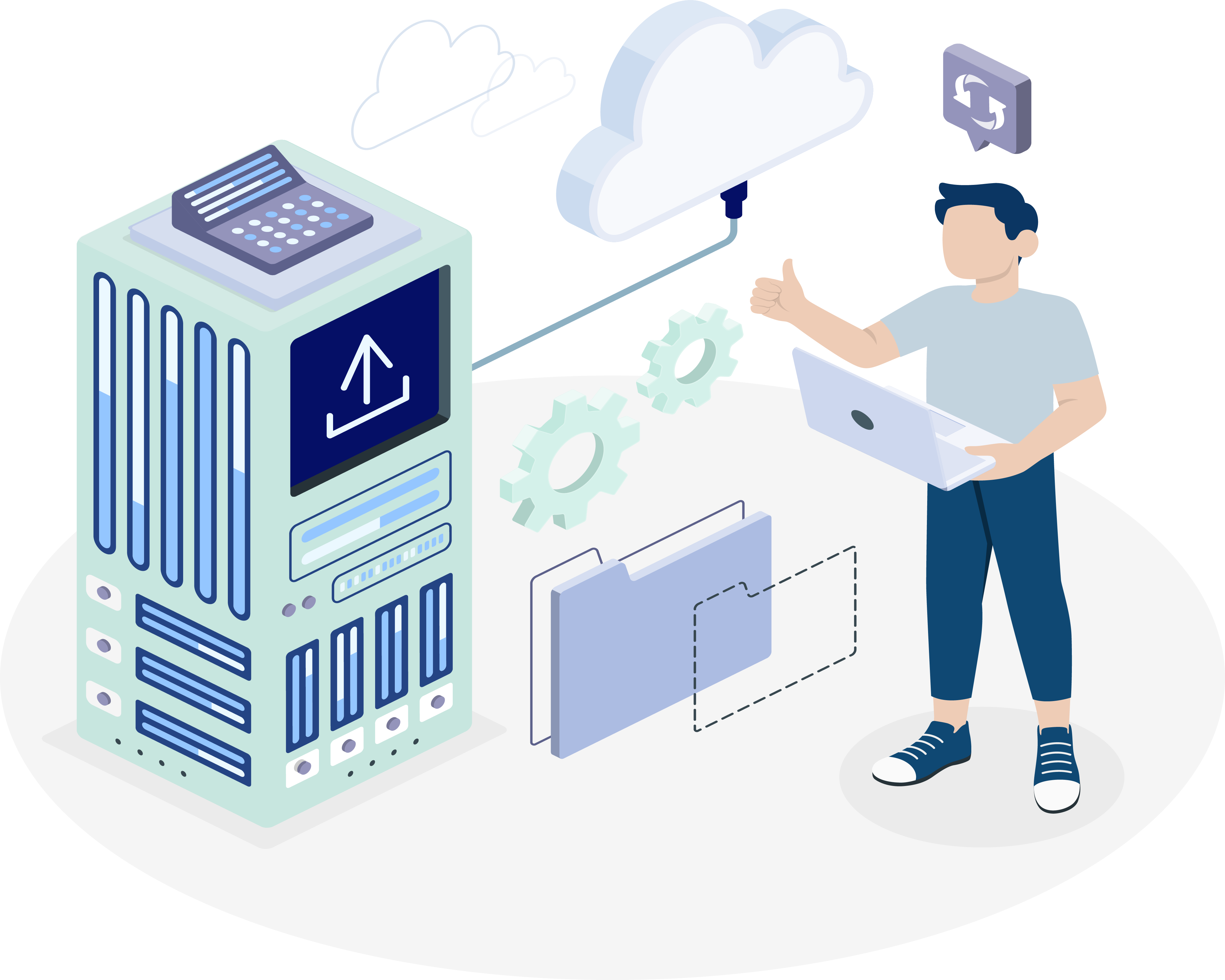The benefits of a strong employer brand are undeniable and can make a big difference in attracting and retaining talents in this competitive marketplace. One strategic way to enhance your employer brand is through Employee profiles.
An employee profile is the heart of the employee database and an essential part of your Human Resource Management (HRM) operations. It tells the story of each and every member of the organisation, showing all the information related to the employee.
You might be wondering what advantages employee profiles would bring about.
Well, let’s take a look at them.
Connecting Remote Employees
It’s hard to engage employees when they work separately, especially now that majority of the workforce work from home. Connecting employees working from home, and freelancers with the head office is a headache. This is brought about by the fact that no chain of emails or calls can bring about a true representation of an individual, his likes and dislikes, what makes him “tick” per say.
Here’s how an employee profile will help you.
The employee profile will show both the employee’s work-based knowledge and expertise as well as their personality. Having a face to the name makes for much better work experiences and working relationships, especially when the chances of meeting face-to-face are low.
Additionally, an employee profile also provides employees who are working from home or by themselves with a sense of how they fit in the bigger picture, connecting them on a social level regardless of geographical distance.
Collaboration Opportunities
As we all know, networking is a vital aspect of any organisation. With comprehensive employee profiles, detailing areas of expertise and current projects, it creates more opportunities for knowledge sharing and collaboration within the organisation. This includes things such as insights, data and even good practice ideas. It also allows you to connect with colleagues whose work impacts yours and to monitor the progress.
Moreover, the ability to search freely for profiles by using name, department, subject tags, or trends on their own would give employees a sense of ownership. This approach of sourcing information directly empowers the employees and will lead to higher levels of motivation. There you are, this is one sure way to raise staff morale!
Talent Scouting
As an organisation, you would like to be more cost-effective. An area that definitely plays a part is growing talents internally within the company. It is much more cost-effective to nurture and develop the talents within the company, rather than sourcing for new blood.
In order to nurture talents, you would first need to know the exact skill sets of each employee on a personal level. This is where having a detailed employee profile is vital. An employee profile houses all the information about one’s professional skills and background, giving managers and executives a more in-depth oversight of the company.
What to add in in an employee profile?
Now that we have covered why having an employee profile is a great boon, the question remains, what should be included in an employee profile? We could go on discussing a whole long list of things, but the truth is that there is no standard format. Each business and industry is different, looking out for distinct aspects, as such an employee profile should be customisable so that it is relevant to your business.
However, there are some essential elements that should be included. Any personal, contact, work and other types of information should be part of your employee profile. Things such as Name, Email Address, Phone Number, Address are the bread and butter of any employee profile. One key thing to note is that certain information such as one’s marital status is crucial in deployment and understanding the employee’s availability and background. This is important as it’ll come into play in events such as maternity leave and child support.
Additionally, an employee profile should also include the nationality of the employee. It is important to distinguish between Singaporeans, Permanent Residents and Foreigners, as it affects the CPF contributions.
Some other information such as Job Role, Team / Department and a synopsis of the main job tasks and responsibilities are a requisite to get a comprehensive analysis of the employee’s skill set. This is supported by listing the employee’s career accomplishments, their knowledge and expertise, what projects they are currently working on and activity streams to track their fellow colleagues work progress, ending the list with a personal statement.
Some companies prefer to include complete biographies detailing the employees’ accomplishments and qualifications to date. In contrast, others opt to make the profile more knowledge-based, with the employee’s skills, expertise and current work progress highlighted.
As you have discovered, there is no stringent approach to design an employee profile, but instead you should cater it to your organisation’s needs. This is where Dashbod comes in. Dashbod allows you to produce your company’s employee profiles accurately, efficiently without losing any details.
Sign up with us today and reap the benefits of an Employee Profile!


